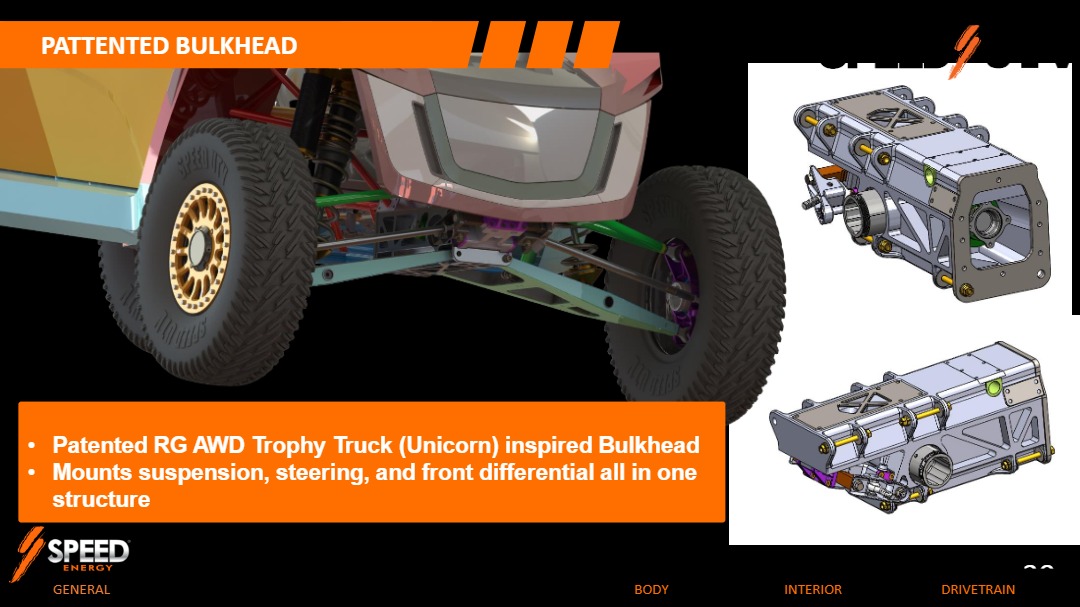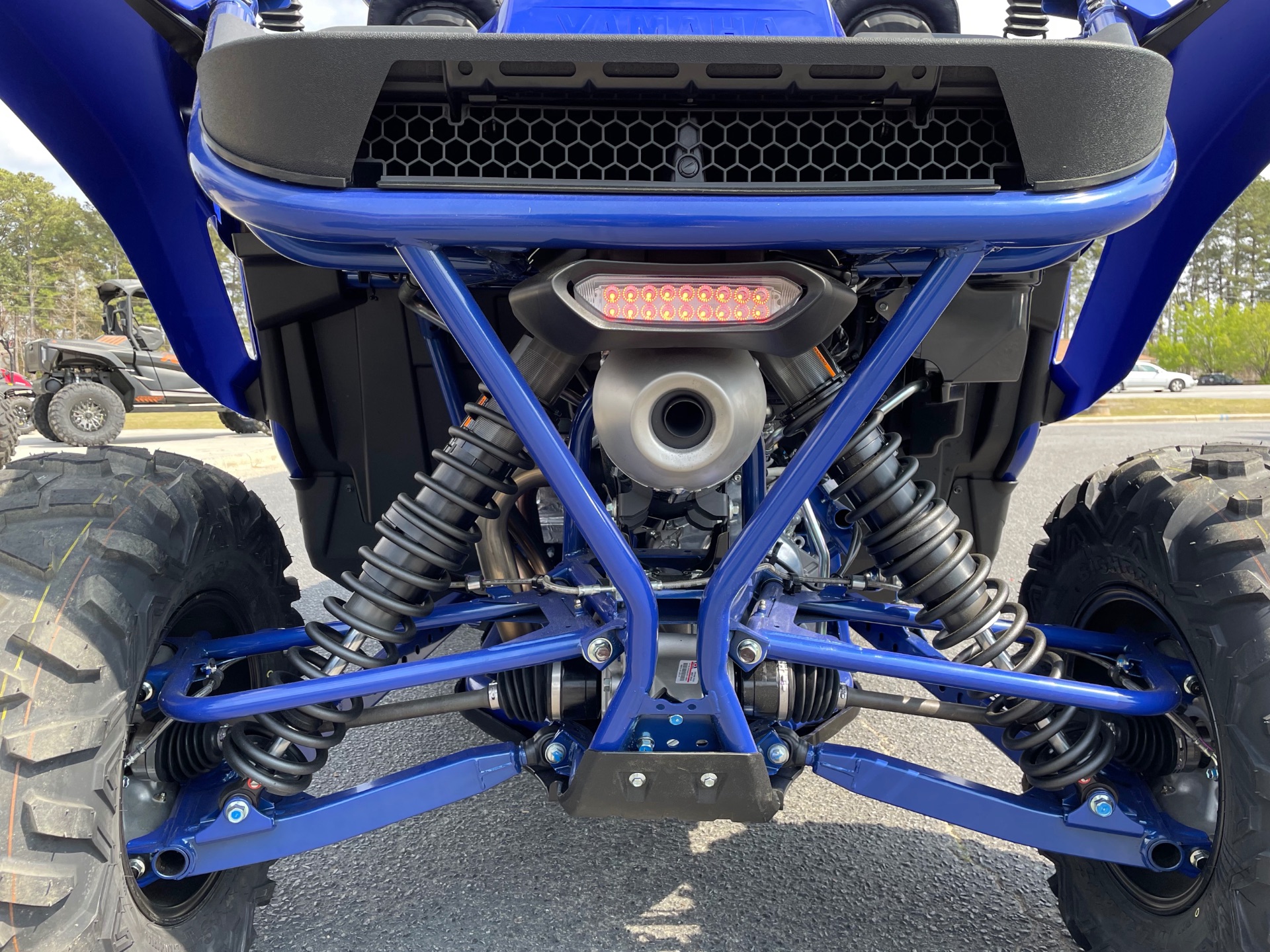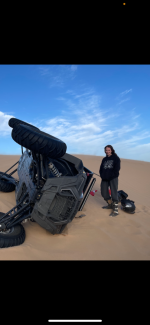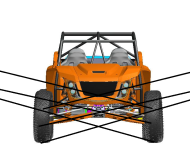The video jumped around a little on the explanation. Radius rods don't cause vehicles to flip, their geometry does. Saying "our chit doesn't have geometry" (trailing arm) isn't a good explanation on why vehicles roll.
Roll centers determine how much body roll your vehicle will have, and is determined by drawing a bunch of imaginary lines. All those lines break down like this: having a higher roll center means the sprung mass has less leverage over the suspension, meaning less body roll. Like all suspension geometry, there's a tradeoff. He's correct that if the roll center is too high, you end up with jacking because the suspension geometrically binds and instead of body roll, you get the whole vehicle rolling.
But, how bad is it? For the PoPo, my MS Paint skills sorta failed me because the geometry hilariously puts the instant centers somewhere in China, and NFW I'm taking the time to model it in SW or whatever... Either way, at ride height, here's my rough guesstimate on roll center:
View attachment 41022
And here's one at full droop:
View attachment 41023
Looking at the above, I think Robby's statement on jacking isn't 100% accurate. It doesn't "go all over the place" like said in the video, but it does increase because the arms on a RZR are mostly parallel to each other. This means the roll center will increase at about the same rate the track decreases. Since the thoughts are 10" of track reduction at full droop, that's about a 15% rise in roll center beyond the normal amount of increase in ride height. This will cause the jacking forces to increase as the suspension droops, but I don't think the roll center is so egregious that there's some terminal point of jacking and you get geometrically thrown over. I think the rollover tendency has more to do with the fact that it's a tall ass car with only 64" of total width than suspension geometry.
In any case, if the roll center geometry was such a problem, why'd he use it up front?

It's the same parallel geometry that puts the instant centers in China, so he's going to have the same jacking forces and changes in roll center. Is he saying the Speed UTV will cartwheel around the front tire instead of just rolling over on its side? :biggrin:
That aside, with the 2" roll center in the rear, this means he'll have a downward sloping roll axis that increases non-linearly the more the car squats. Driving style wise, I think the Speed
might be more "drifty" as a result. The RZRs and Can Ams, as we already know, understeer more and REALLY don't want to drift.
In the end, trailing arms aren't really superior for suspension, just different. No suspension geometry is perfect, since you have a gazillion competing priorities that will change the characteristics of the vehicle. Parallel links/control arms allow you to dial out bumpsteer, and give consistent CV angles so you don't need plunge. Non parallel will give you the ability to dial out jacking forces and increase grip through camber gain (like a Funco's front suspension), but you won't be able to dial out bumpsteer and driven axles will require plunge. It's all in the compromise you want and to say something is "wrong" like that it just dismissing the design goals.







